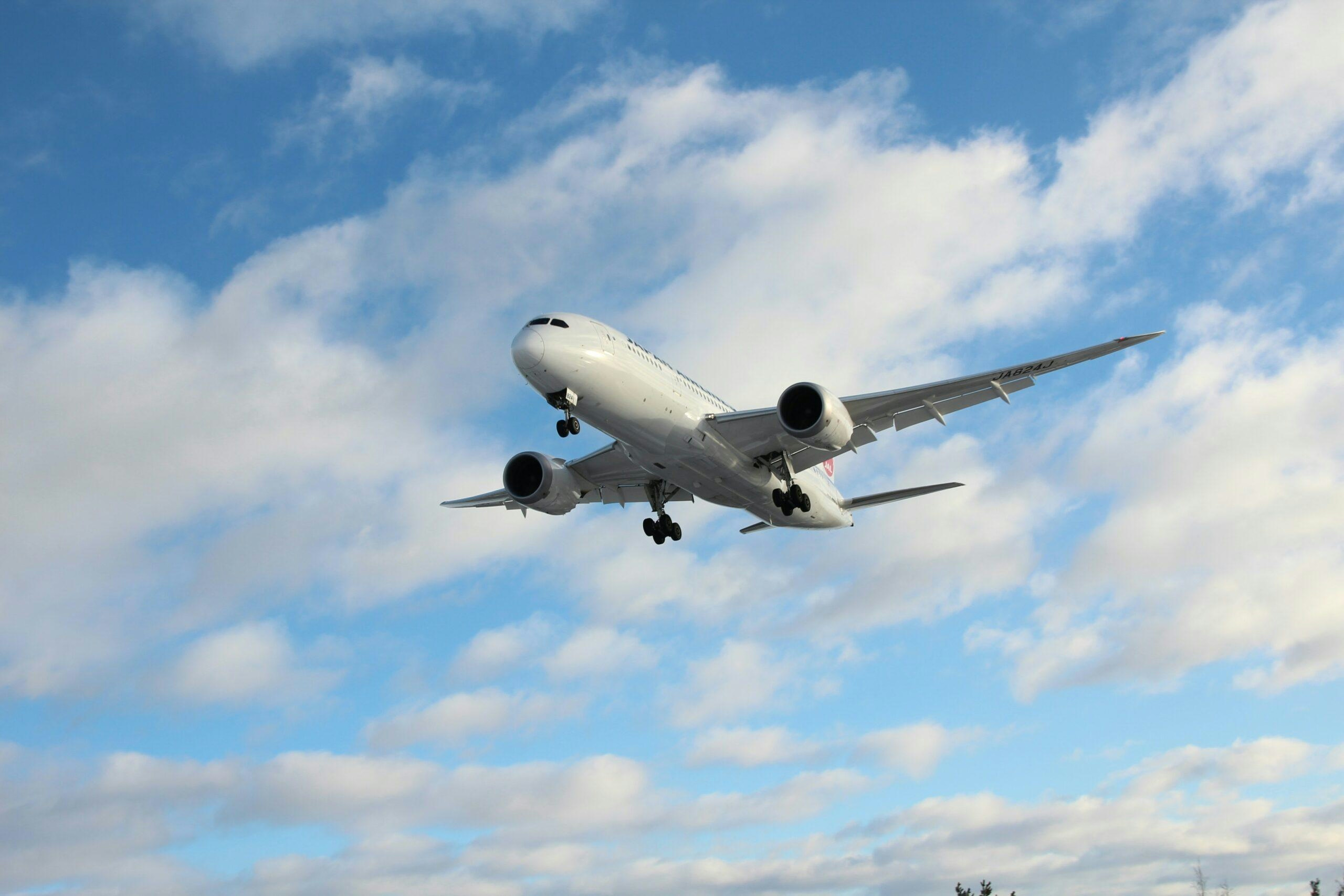
AeroGenie — Votre copilote intelligent.
Tendances
Categories
Why Boeing’s 747 Lacks a Full Second Deck Unlike the Airbus A380
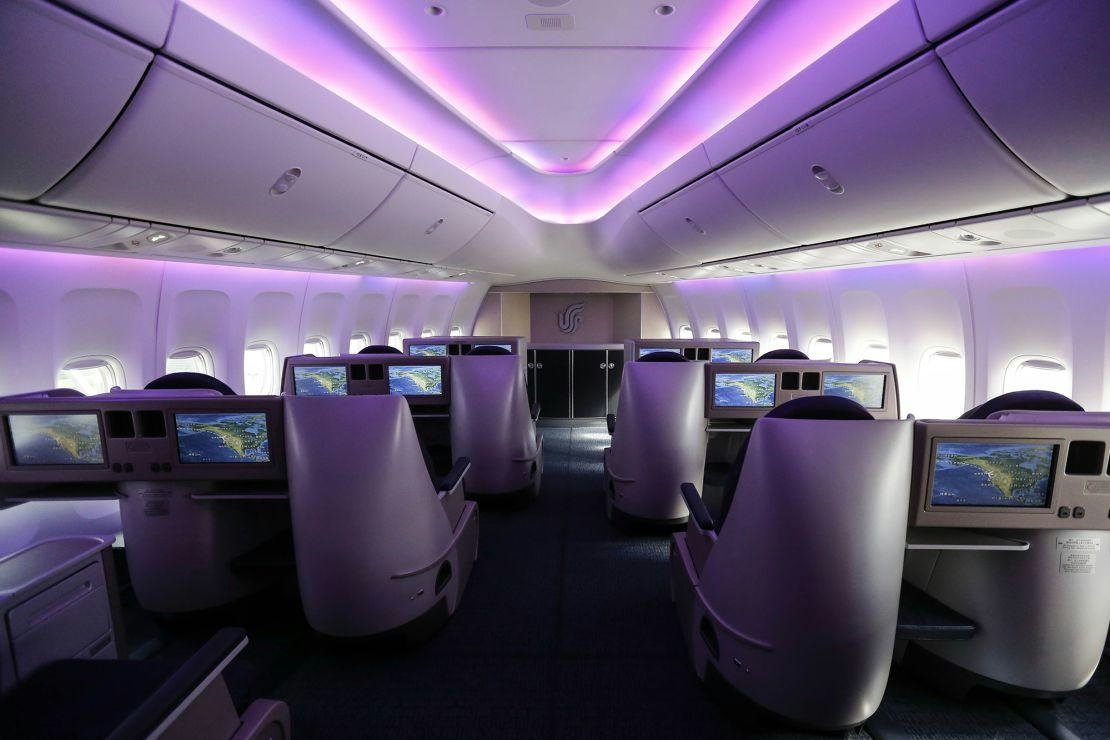
Why Boeing’s 747 Lacks a Full Second Deck Unlike the Airbus A380
Few aircraft have left as profound a mark on aviation as the Boeing 747 and the Airbus A380. Both represent monumental achievements in scale and ambition, yet only the A380 features a full-length upper deck extending from nose to tail. The Boeing 747, by contrast, is distinguished by its partial upper deck—commonly referred to as the “hump”—and never evolved into a true double-decker. The rationale behind this design choice reflects the engineering, economic, and market conditions prevailing during their respective development periods.
The Origins of the Hump
The distinctive partial upper deck of the 747 originated from its initial design focus on cargo transport. Developed in the 1960s, the 747 was conceived at a time when the aviation industry anticipated the rise of supersonic airliners such as Concorde and the proposed Boeing 2707. Boeing foresaw that subsonic jumbo jets might soon be supplanted on long-haul passenger routes, prompting the company to design the 747 with versatility in mind. It was intended to function both as a high-capacity passenger aircraft and as a freighter.
To optimize cargo operations, Boeing elevated the cockpit above the main deck, enabling the nose to swing open for straightforward freight loading. This practical innovation gave rise to the 747’s iconic hump. Incorporating a full-length second deck would have introduced significant structural complexity and additional weight, thereby compromising the aircraft’s cargo capabilities and operational efficiency. At the time, no airline demanded passenger capacity beyond what the 747 already provided, and the market for 500-seat airliners had yet to materialize.
Engineering and Economic Considerations
Several critical factors solidified Boeing’s decision to maintain a partial upper deck. The 747’s design prioritized cargo space and efficient loading and unloading processes, making it especially attractive for long-haul freight operations. Engineering and certification standards of the 1960s rendered a full second deck impractical from a structural standpoint. Moreover, airlines were not seeking ultra-high-capacity jets; the 747 already exceeded prevailing expectations for passenger volume. Expanding the fuselage to accommodate a full second deck would have increased weight and complexity, driving up operational costs without delivering clear commercial advantages.
These design choices have had enduring consequences. The 747’s cargo-friendly configuration has ensured its sustained popularity not only among passenger airlines but also with freight operators, who value its capacity to carry outsized loads and facilitate rapid turnaround times.
The Airbus A380’s Distinct Approach
In contrast, Airbus pursued a different strategy decades later with the A380. Designed explicitly to maximize passenger capacity, the A380 features a full-length upper deck that set new records for seating. Unlike the 747, the A380 was not intended to serve dual roles as both passenger and cargo aircraft. This focus on passenger density allowed Airbus to achieve unprecedented capacity but also resulted in higher operational costs and more complex airport logistics. These factors have constrained the A380’s broader adoption in the market.
Market Implications
Boeing’s emphasis on cargo adaptability and operational efficiency has proven advantageous. Airlines and freight operators continue to favor the 747 on routes where a second deck offers limited benefit. Conversely, the A380’s high-density design has encountered challenges in a market increasingly prioritizing flexibility and cost-effectiveness. Delivery data from 2025 highlights the ongoing demand for the 747’s versatile design, particularly within the cargo sector.
The 747’s iconic hump thus represents more than a mere design quirk; it embodies Boeing’s foresight and adaptability. By prioritizing cargo capacity and operational efficiency over maximum passenger numbers, Boeing created an aircraft that has remained relevant for over half a century, while the full double-decker concept exemplified by the A380 has struggled to secure a lasting foothold in a rapidly evolving aviation landscape.

Aviation Maintenance, Repair, and Overhaul Sector Set for Growth
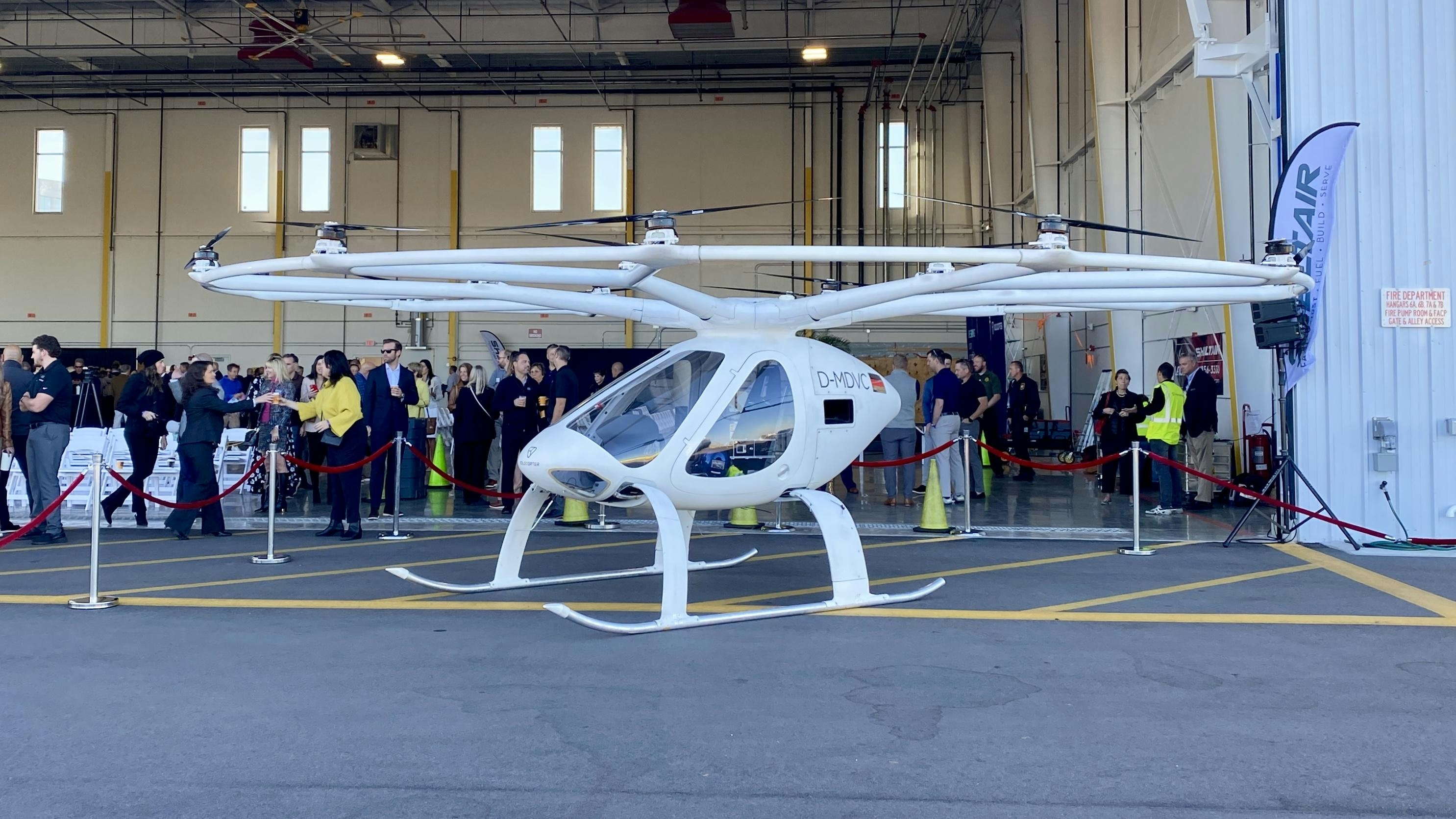
Central Florida Emerging as Leading Location for Future Air Taxis

Dassault Aviation and Thales Partner on AI for Future Air Combat
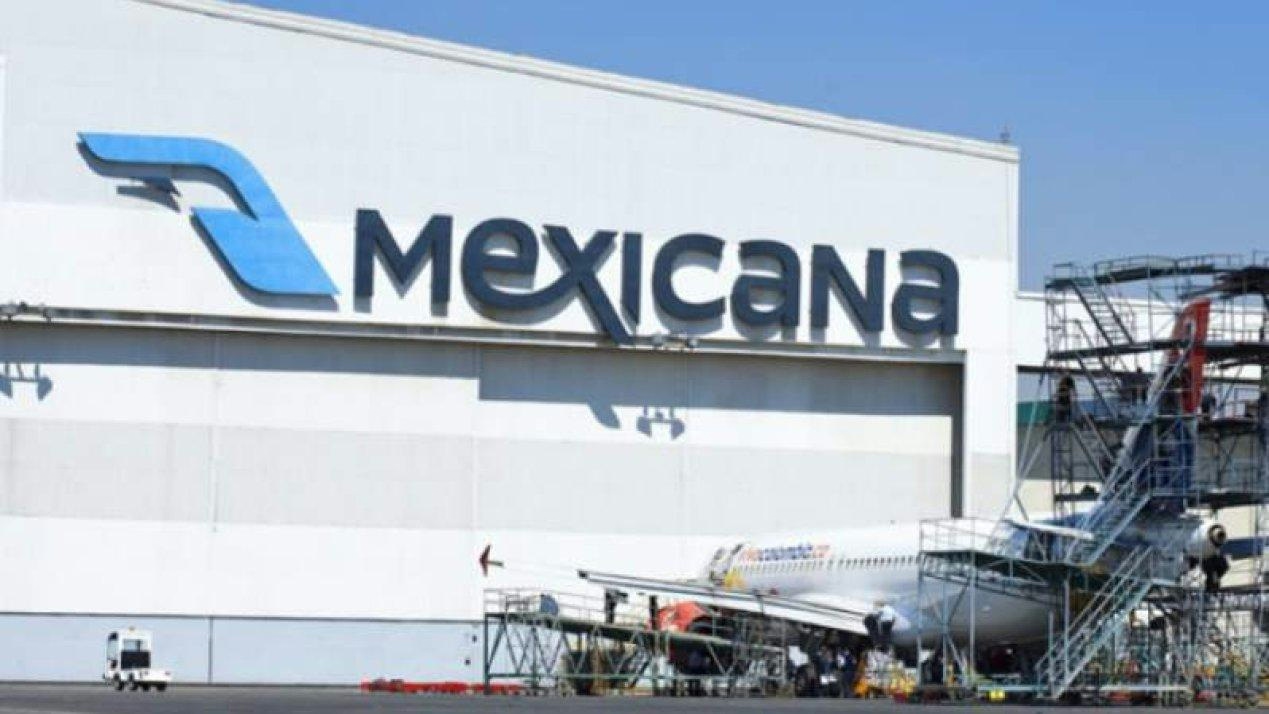
Mexicana MRO Deal Stalls Pending Banorte Extension Approval
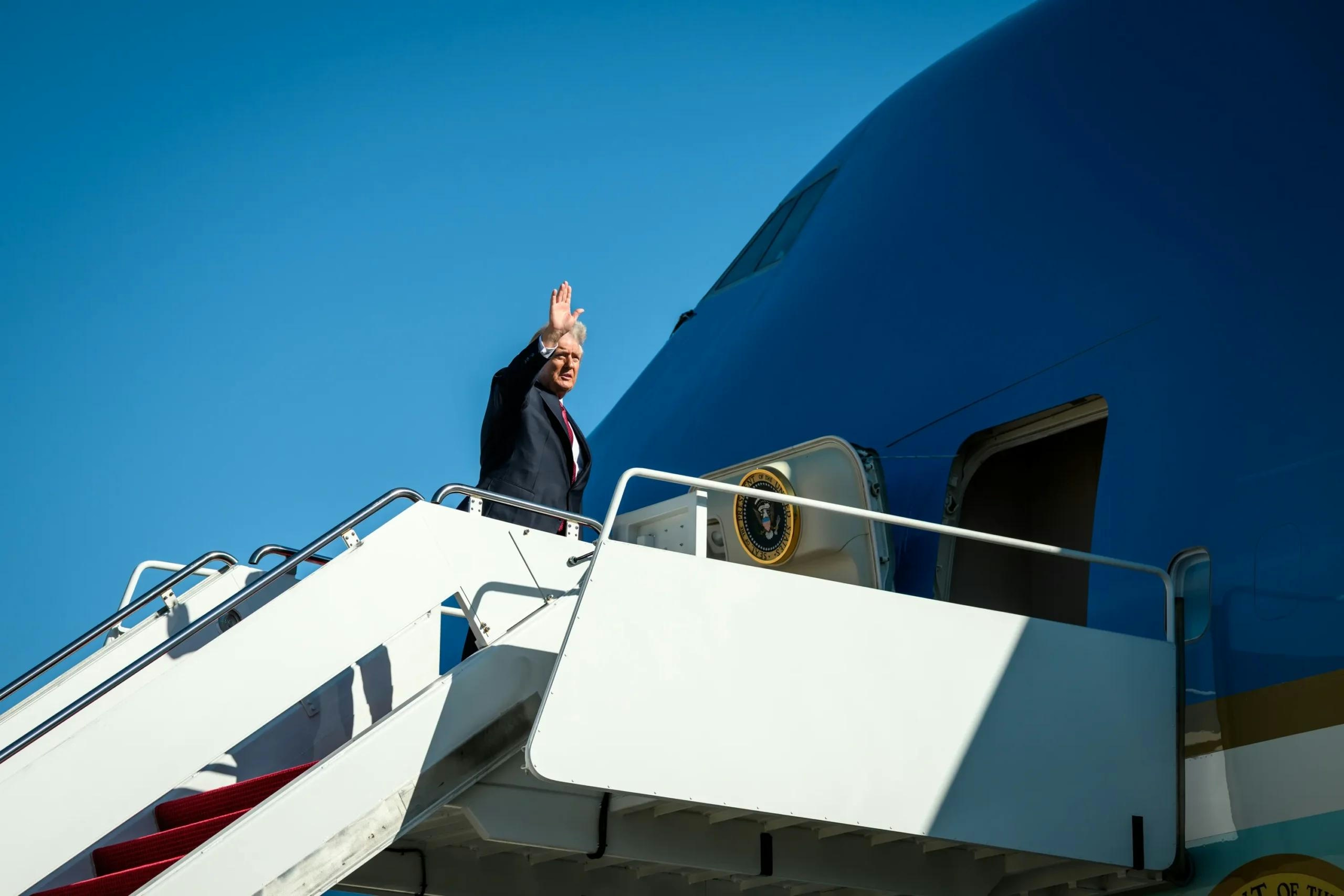
Trump's Policy on DEI Raises Concerns Over Aircraft Mechanic Training

Deutsche Aircraft Appoints Ernst-Georg Schröder Manager of Final Assembly Line for D328eco
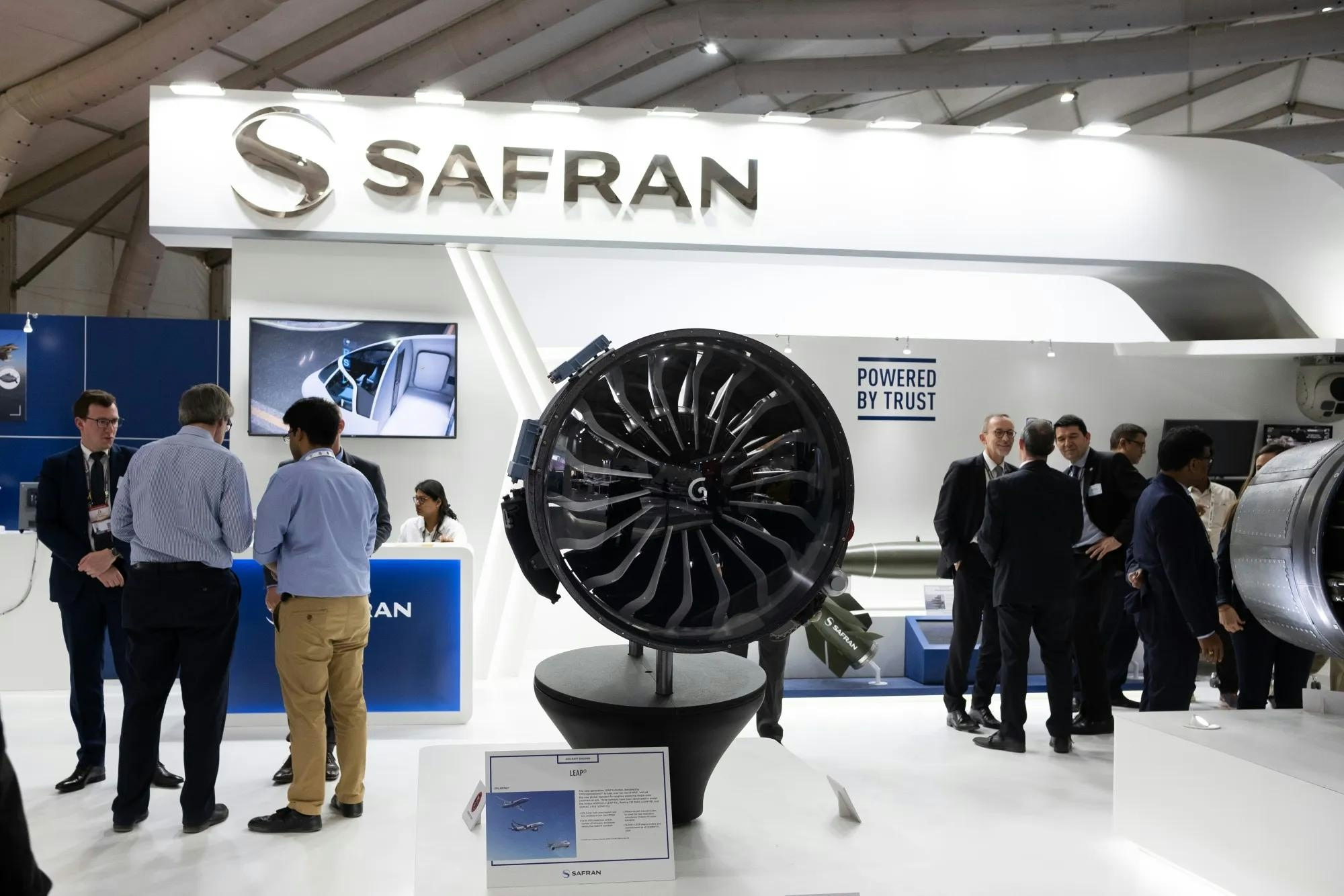
PM to Inaugurate Safran Aircraft Engine Services Facility in India on November 26
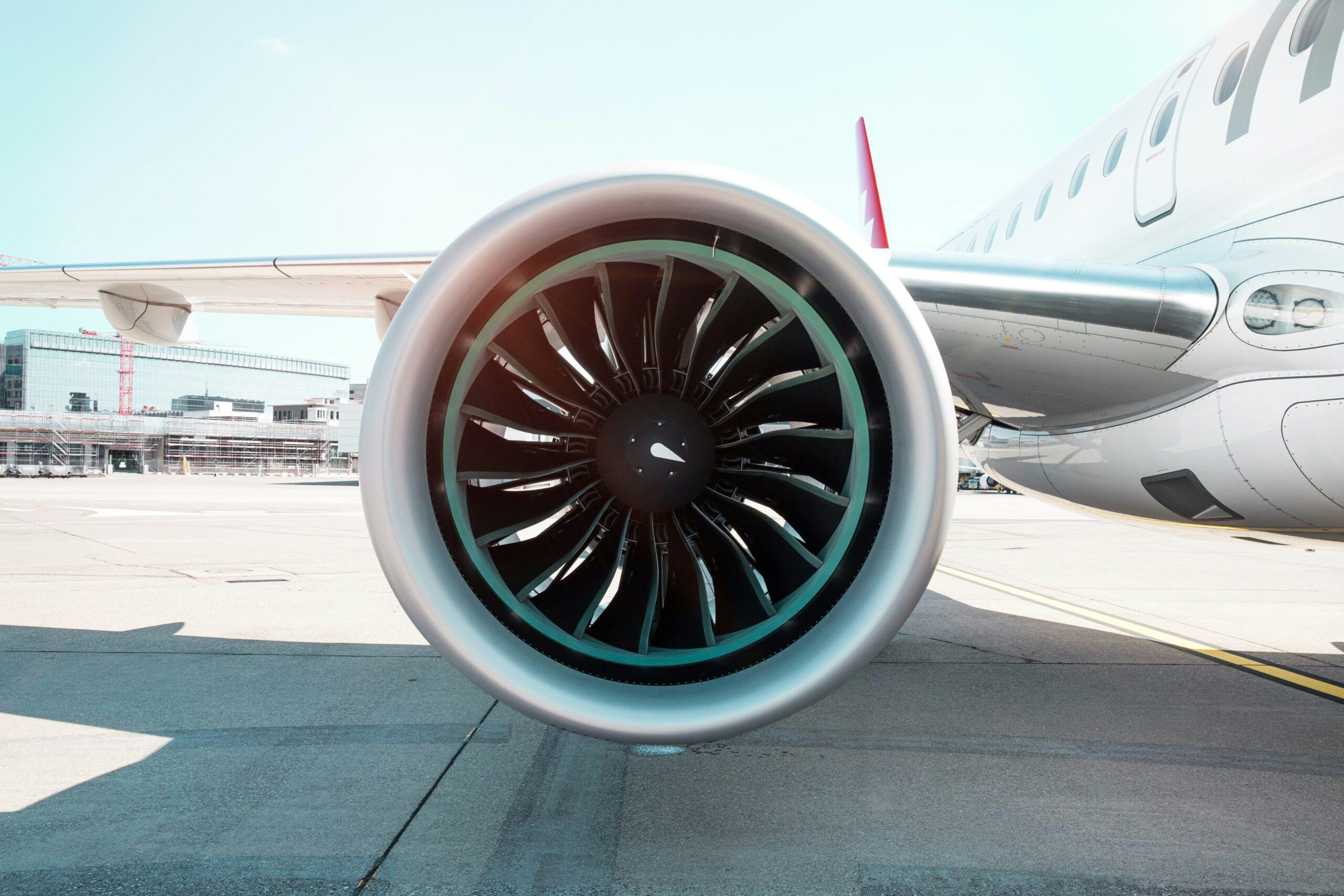
Leading Companies in Aviation Artificial Intelligence: Airbus, Amazon, Lockheed Martin, Tata Power, Thales
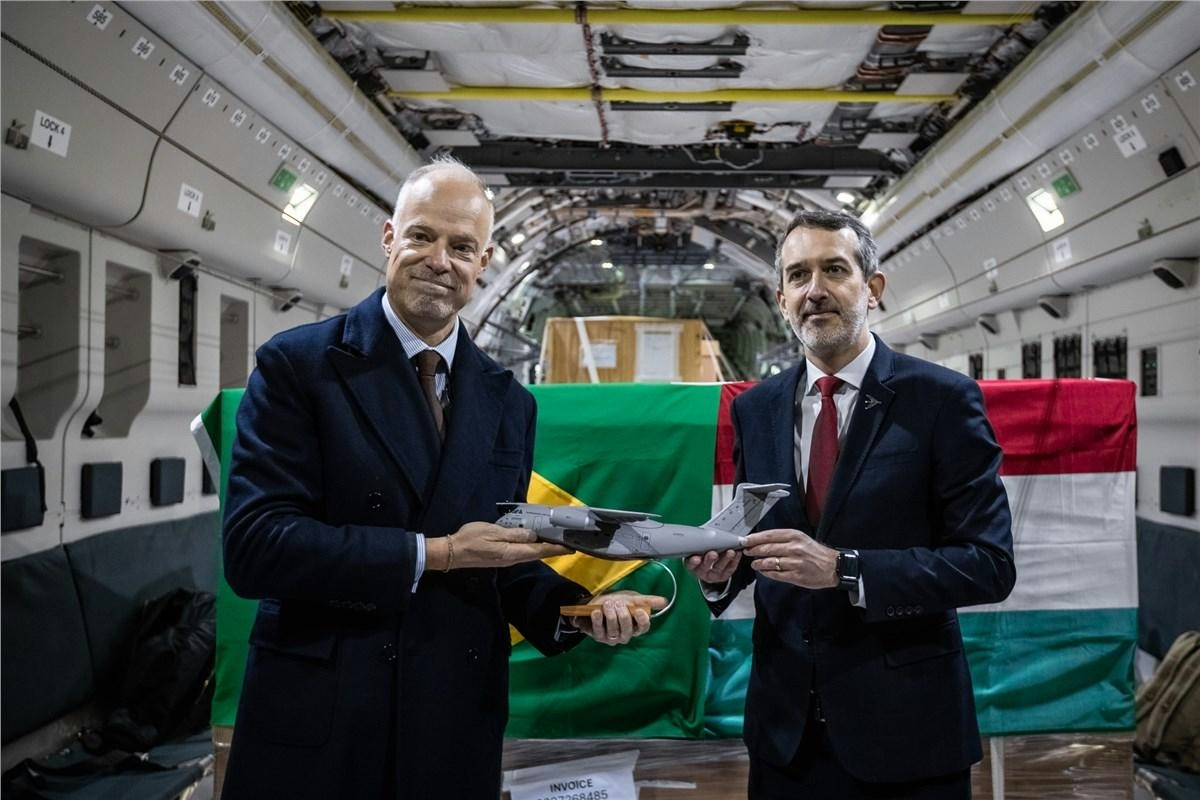
Embraer and ILIAS Partner to Enhance Military Fleet Management
